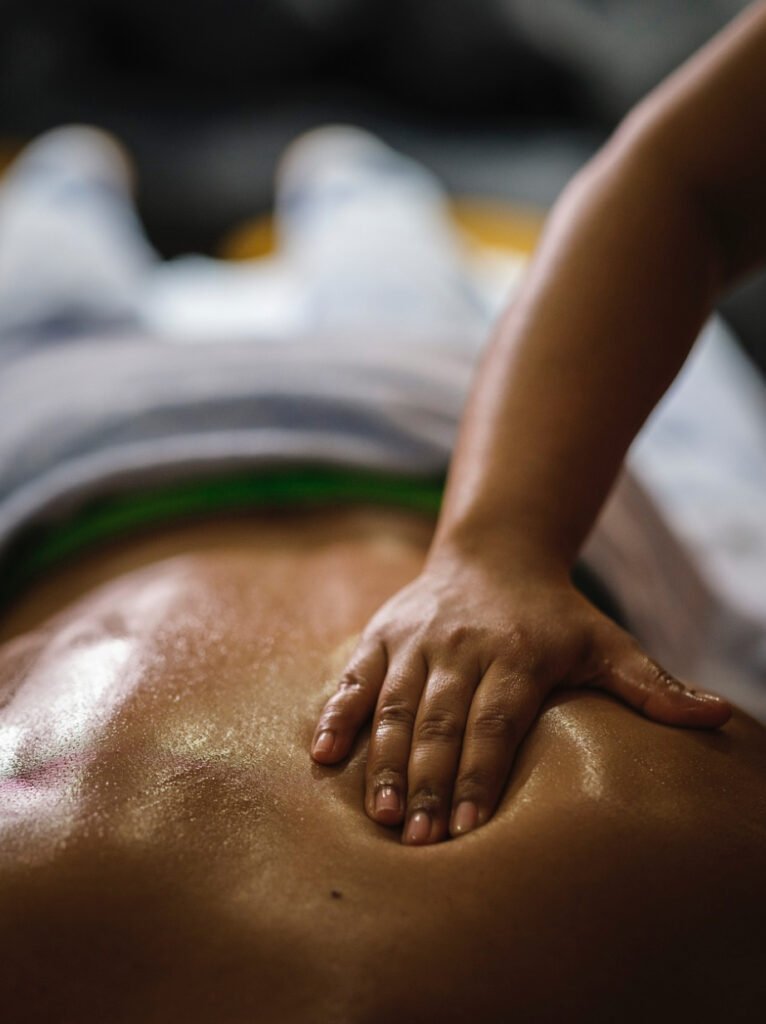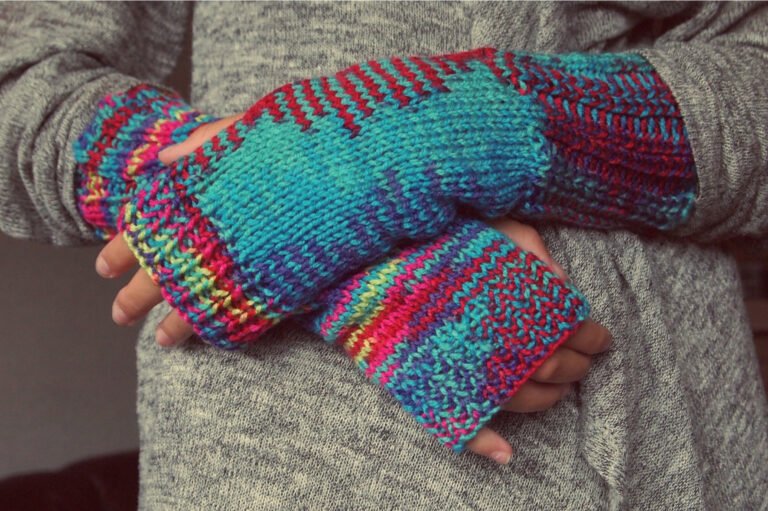What is arthritis and how can it be treated?


arthritis
Arthritis is a term used to describe a group of conditions that cause inflammation in one or more joints. It leads to pain, stiffness, and swelling in the affected areas. There are several types of arthritis, with the most common being osteoarthritis and rheumatoid arthritis.
Types of Arthritis:
- Osteoarthritis (OA):
- Cause: OA is a degenerative joint disease that occurs when the protective cartilage that cushions the ends of your bones wears down over time.
- Symptoms: Pain, stiffness, decreased range of motion, and sometimes swelling.
- Commonly Affected Areas: Knees, hips, hands, and spine.
- Rheumatoid Arthritis (RA):
- Cause: RA is an autoimmune disorder where the immune system mistakenly attacks the lining of the joints, leading to inflammation and joint damage.
- Symptoms: Joint pain, swelling, stiffness (particularly in the morning), and fatigue.
- Commonly Affected Areas: Hands, wrists, and knees, but it can affect other parts of the body as well.
- Other Types: Gout, lupus, psoriatic arthritis, and ankylosing spondylitis are other forms of arthritis with specific causes and characteristics.

regenerativeorthopedicinstitute.com
Treatment of Arthritis:
1. Medications:
- Pain Relievers: Acetaminophen or NSAIDs (e.g., ibuprofen) to reduce pain and inflammation.
- Corticosteroids: Reduce inflammation and suppress the immune system.
- Disease-Modifying Antirheumatic Drugs (DMARDs): Used primarily for RA to slow the disease’s progression.
- Biologic Response Modifiers: Target specific parts of the immune system (used in RA).
2. Physical Therapy:
- Exercise can strengthen the muscles around the joints, improve flexibility, and reduce pain. A physical therapist can guide appropriate exercises.
- Occupational Therapy: Helps with daily activities by suggesting alternative ways to perform tasks that reduce stress on joints.

3. Lifestyle Changes:
- Weight Management: Maintaining a healthy weight reduces stress on weight-bearing joints, particularly the hips and knees.
- Exercise: Regular, low-impact activities such as walking, swimming, and cycling can improve joint function and reduce pain.
- Diet: Eating a balanced diet rich in anti-inflammatory foods (like omega-3 fatty acids from fish) can help manage symptoms.
4. Natural Remedies:
- Hot and Cold Therapy: Heat can relax muscles and ease stiffness, while cold can reduce swelling and numb sharp pain.
- Natural Supplements: Glucosamine, chondroitin, and turmeric (curcumin) are commonly used for joint health, although evidence on their effectiveness varies.
5. Surgical Options:
- Joint Repair: In some cases, damaged joints can be surgically repaired to improve function.
- Joint Replacement: Severely damaged joints may be replaced with artificial ones, such as in knee or hip replacements.
- Joint Fusion: Bones in the joint are fused together, which can provide pain relief but reduces joint mobility.
6. Alternative Therapies:
- Acupuncture: Some people find relief through acupuncture, which involves inserting thin needles into specific points on the body.
- Massage Therapy: Can help reduce pain and improve circulation to the affected areas.

7. Managing Flares:
- Rest: During a flare-up, rest the affected joint to reduce stress.
- Medications: Anti-inflammatory medications can help manage acute symptoms.
8. Support and Education:
- Joining a support group or seeking education on arthritis management can provide emotional support and practical advice for living with the condition.

Treatment plans should be individualized, taking into account the type of arthritis, its severity, and the patient’s overall health. It’s important to consult with a healthcare provider to develop an appropriate treatment strategy.














